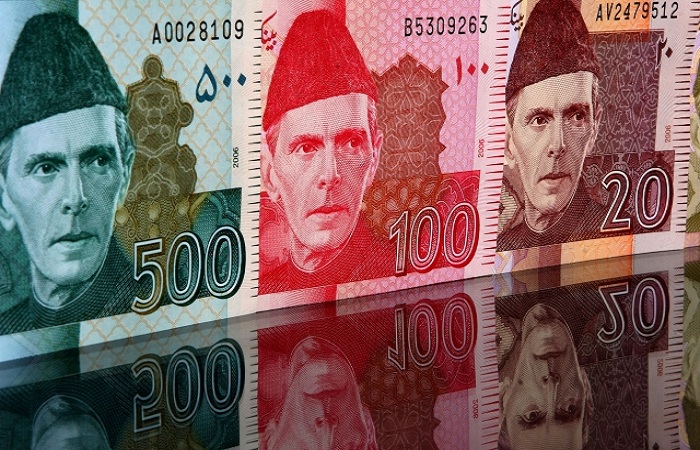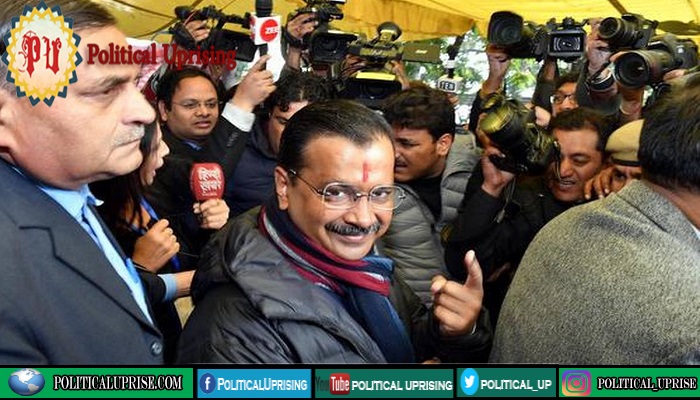The fiscal deficit, which is the difference between revenues and expenditures of the federal government, came in at a record 8.9pc of GDP. As late as June 2019 the government had announced that it intended to keep the deficit at 7.1pc of GDP, whereas its target at the start of the year was set at 4.9pc.
Since the country’s GDP is Rs38.6 trillion at current market prices, each percentage point increase in the deficit numbers denotes significant slippage.
The details of fiscal operations released by the ministry of finance on Tuesday put the country’s full year fiscal deficit at Rs3.445tr or 8.9pc of GDP — the highest since 1979-80 as per past Pakistan Economic Surveys. The deficit stood at Rs2.26tr or 6.6pc of GDP in the previous year.
All major fiscal indicators — both on expenditure and revenue sides — showed deterioration over the outgoing fiscal year that ended on June 30, 2019. The numbers show that whatever efforts were made to control a blow-out on expenditures ended in grief, even though sharp revenue shortfalls had begun to surface much earlier in first three quarters of the year.
Much of the increase in the deficit came in the last quarter, it seems. The deficit stood at 5pc of GDP by March 31 of this year, but leapt by a staggering 80pc (or Rs1.523tr) in the last quarter of the fiscal year that runs from March to June.
“I have never seen such a high fiscal deficit in my career,” said Dr Ashfaque Hassan Khan, the former economic adviser and now dean of the business school at National University of Science and Technology (Nust), adding that the ministry of finance never focused on expenditure control while revenues were heading to historic shortfalls.
He contends the increase in discount rate under the IMF programme contributed about Rs1,110 billion to the interest payments, including Rs1,020bn on domestic debt and around Rs90bn on external debt, claiming what he said were “rules of thumb” followed by economists when drawing these calculations. Secondly, he attributed the devaluation of exchange rate to the problem, claiming “it also added about Rs3.2 trillion to the public debt. When interest payments go up, so does current expenditure and total expenditure”.
The deficit jumped despite a steep 45pc lower development spending during fiscal year 2018-19 when compared to a year before. This was evident from the fact that total PSDP spending during 2018-19 was curtailed at Rs1.008 trillion compared to Rs1.456bn in 2017-18.
Mark-up payments during the year were reported at Rs2.1 trillion or 5.4pc of GDP — the highest since 2001 — compared to 4.4pc of last. Interest rates shot up during the year as the policy rate went from 7.5pc at the start of the PTI governments term in August to 13.25pc and the rupee value sharply declined against dollar. Both developments contributed to higher mark-up costs.
Defence spending, though increasing in absolute terms, remained unchanged at 3pc of GDP when compared with last year.
One of the most damning outcomes of the last fiscal year was an unprecedented steep fall in tax to GDP ratio, perhaps justifying the need for a massive Rs1.550tr worth of additional taxation measures during current year.
The finance ministry’s data said the overall tax to GDP ratio flattened out to 12.7pc in 2018-19 compared to 15.2pc in the last year of the PML-N government in 2017-18. Full year collections came in at Rs4.9tr compared to Rs5.23tr a year before. This was also a rare phenomenon that total revenues fell down by 6.3pc in absolute terms. This meant that the government’s tax machinery showed negative performance both in terms of absolute numbers and as percentage of GDP.
Tax revenues remained unchanged and did not show any improvement in absolute terms but fell to 11.6pc of GDP in 2018-19 when compared to 13pc in 2017-18. Both federal and provincial taxes remained unchanged in absolute terms.
But that was not all. Non-tax revenues last year amounted to Rs427bn, almost 44pc lower than Rs760bn in 2017-18. As such, the non-tax revenue amounted to just 1.1pc of GDP, exactly half the 2.2pc of GDP in 2017-18. Non-tax revenue to GDP ratio was the lowest since 2001-02.
Total expenditure on the other hand amounted to 21.6pc of GDP in 2018-19, slightly lower than 21.8pc of GDP in 2017-18. In absolute numbers, the current expenditure amounted to a mammoth Rs8.345 trillion compared to Rs7.488tr of the previous year.
Current expenditure on the other hand was reported at 18.4pc of GDP for the year ending June 30, 2019 compared to 17pc of GDP in FY2018. In absolute numbers, the current expenditure was posted at Rs7.104tr compared to Rs5.85tr of previous year, up 21.3pc.
Development expenditure and net lending amounted to 3.2pc of GDP – the lowest since 2008-09. A year earlier, development expenditure and net lending had stood at 4.7pc of GDP. The data showed about Rs1.219tr spending on this count last fiscal year, about 25pc lower than Rs1.62tr.



